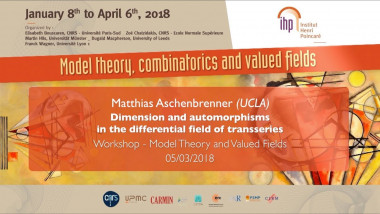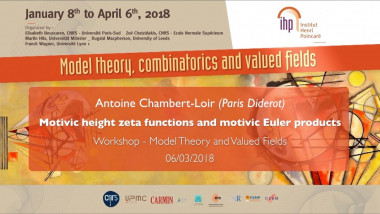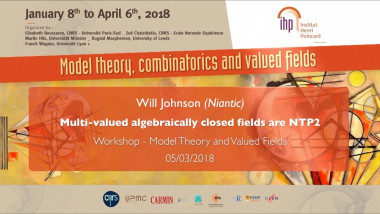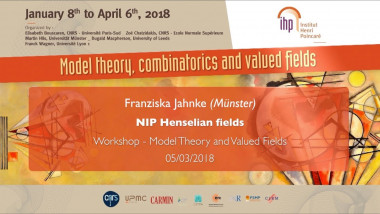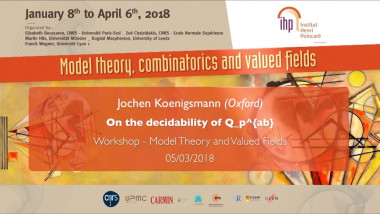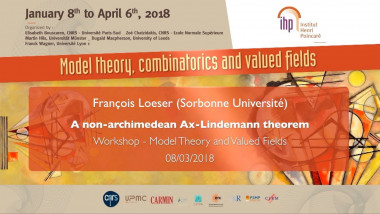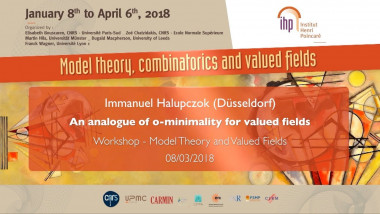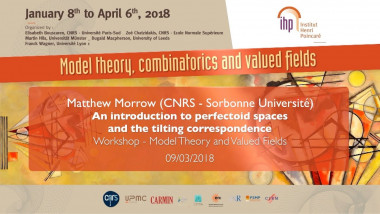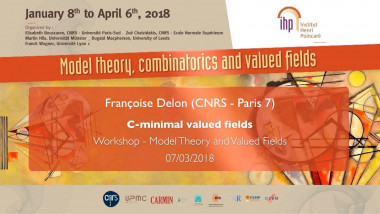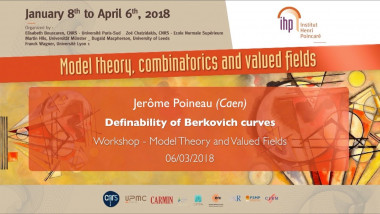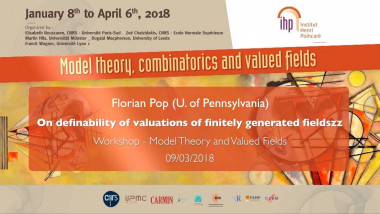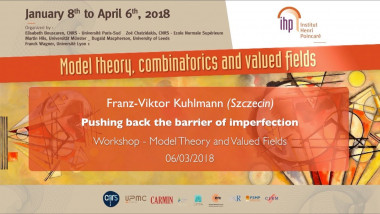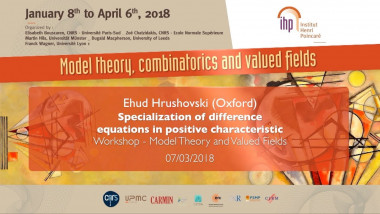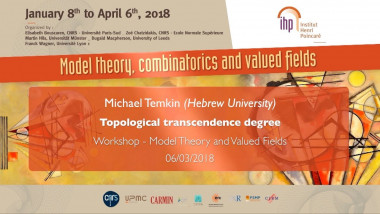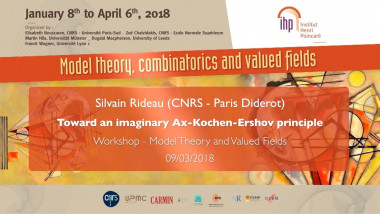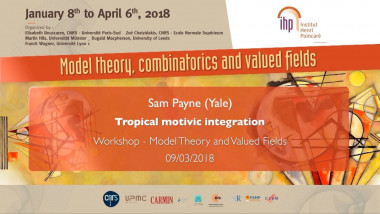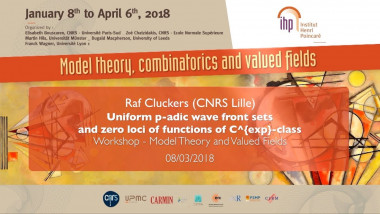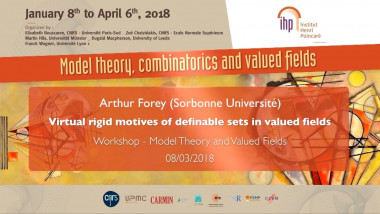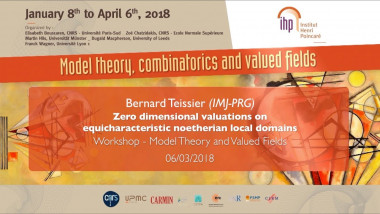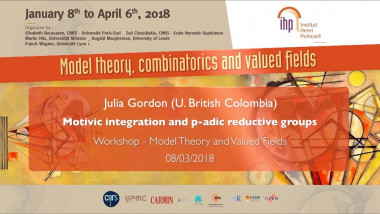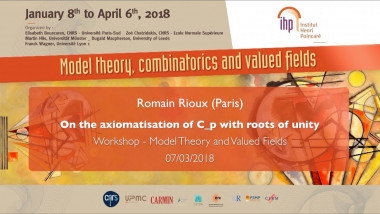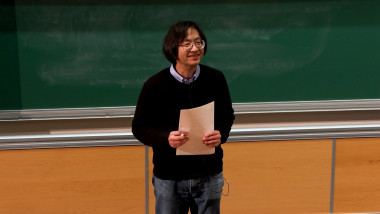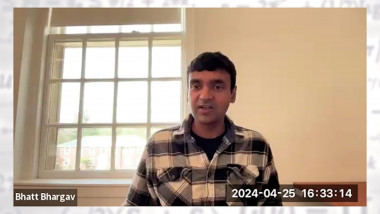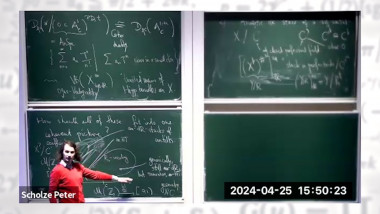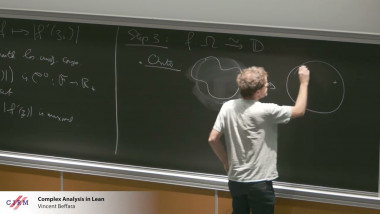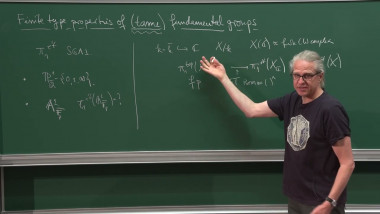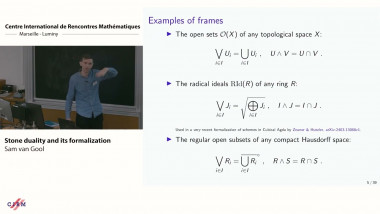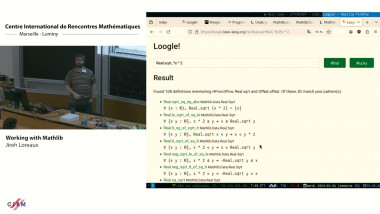Pushing back the barrier of imperfection
The word “imperfection” in our title not only refers to fields that are not perfect,but also to the defect of valued field extensions. The latter is not necessarily directly connected with imperfect fields but may always appear when at least the residuefield of a valued field has positive characteristic. For important open problemsin algebraic geometry in positive characteristic, such as resolution of singularities and its local form, local uniformization, both forms of imperfection are a severehurdle. The same is true for the model theory of valued fields, in particular theopen question whether the elementary theory of the imperfect Laurent Series FieldFp((t)) is decidable. This problem is also open for the perfect hull of Fp((t)), whichin contrast to Fp((t)) admits extensions with nontrivial defect. Beating or avoiding imperfection, as is done in the theory of tame valued fields and the theory of separably tame valued fields, leads to partial answers to the above open problems. One possible way of generalizing these answers is to push back thebarrier of imperfection, that is, to consider notions of potentially imperfect valued fields with otherwise strong properties, such as the extremal valued fields, or ofvalued fields which allow only defects of a sort that we can still handle. In 2010I introduced a classification of defects over valued fields of positive characteristic. One of the two types, the independent defects appear to be more harmless than the others. This observation has been supported by work of Cutkosky, Piltant, Ghezziand ElHitti, as well as by Temkin’s inseparable local uniformization. Recently, weextended the classification to valued fields of mixed characteristic. The question arose: which are the fields that only allow independent defect extensions? Perfectoid fields are such fields, but they don’t fit our purposes well,as they are restricted to rank 1 and are not 1st order axiomatizable. A muchbetter class is that of deeply ramified fields (in the sense of the book of Gabberand Ramero). From this we have derived two other classes, those of semitame fields and of generalized deeply ramified fields. All of them only allow independent defect extensions. All three classes are closed under algebraic extensions, like thatof tame fields. But unlike the latter, they also contain imperfect fields. The other important difference is that tame fields do not allow any extensions with nontrivialdefect. Semitame fields are (logically) between tame and deeply ramified fields,and they are our best hope for generalizing the results on tame fields and their applications in algebraic geometry and the model theory of valued fields. I will give a survey on what is known and what (hopefully) could be done next. The results I will mention come from various projects in which the following coauthors were involved: Sylvy Anscombe, Salih Durhan (formerly Azgin), Anna Blaszczok,Hagen Knaf, Koushik Pal, Florian Pop.










